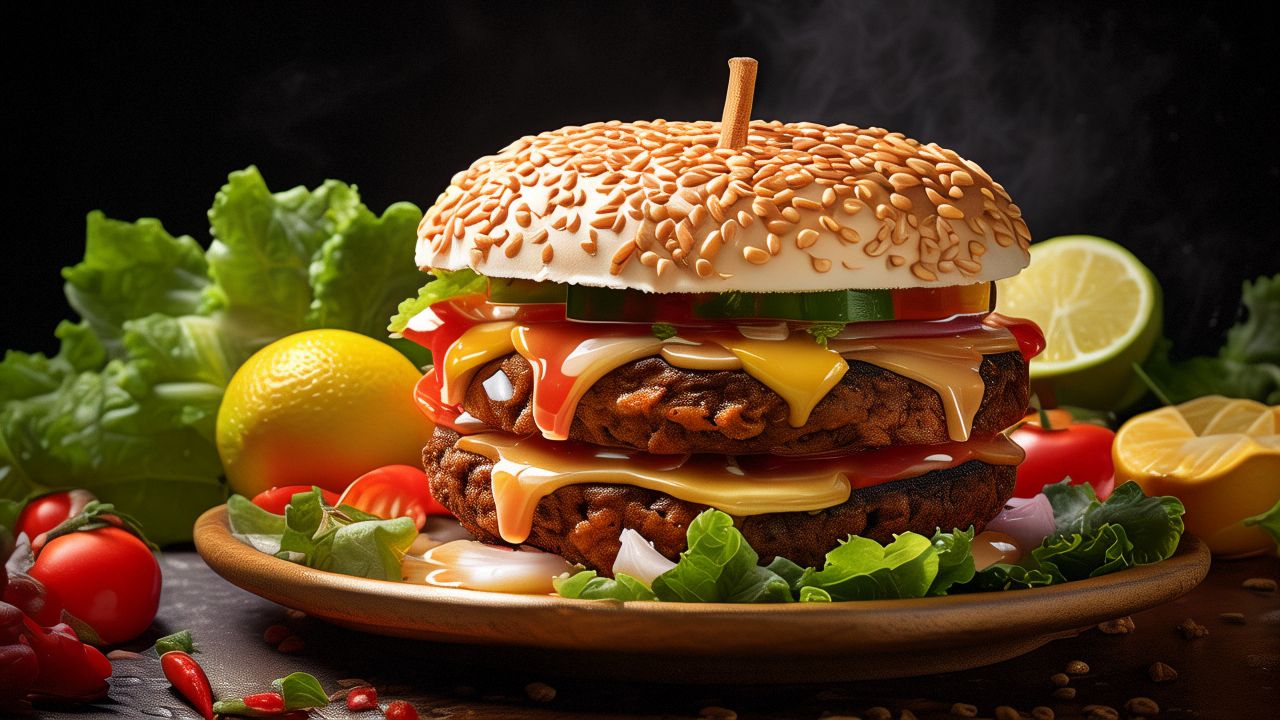Introduction to cooking methods for patients with high blood lipid
Cooking methods for patients with high blood lipid:
There are various cooking methods, and therefore their nutritional values are not the same. Based on the characteristics of low-fat and low-calorie diets required for patients with high blood lipid, several suitable cooking methods for these patients are introduced below.

Steam cooking:
This method is frequently used in dietary health care. The procedure is to stir-fry the food with seasonings first, and then steam it separately. Alternatively, food can be steamed in rice flour packages, lotus leaves, or vegetable leaves. Food can also be steamed directly in a container, also known as plain steaming. Some foods are steamed with water or soup salt. The characteristic of steamed food is to retain the original taste and preserve the original nutritional components in the food.
The second method is stewing.
Stewing is also a common method of food processing, also known as clear stewing, such as stewed meat, stewed fish, etc. Stewing involves washing and cutting the food, adding it to the pot with appropriate amount of water, adding spices, boiling it with high heat, skimming off the foam, and then cooking it slowly with low heat until it is tender. The characteristic of the food is that it retains the original juice and flavor, and has a soft texture.
The third method is boiling.
Boiling is also one of the common methods, such as boiling noodles. The method involves adding the food to the pot with water, boiling it with high heat first, and then cooking it with low heat until it is done. The boiling time is shorter than the stewing time, and it is suitable for small and easily cooked foods. Its characteristic is fresh taste, and the components with nutritional value in the food can be better dissolved in the soup.
Fourth, stewing:
Stewing is a method where food is cooked in water until it becomes thick and soft, suitable for foods containing more gelatin. The characteristics of this dish are thick and soft texture, rich flavor, and easy to digest, making it suitable for elderly consumption, such as congee.
Fifth, cold dish:
Cold dish is a way of serving food raw or almost raw. After washing and cutting the food into small pieces, it is briefly blanched in boiling water and then mixed with seasonings. This method is suitable for vegetables, which can better preserve the nutrients without destruction. The characteristics of cold dish are tender, crispy, and fragrant, making it delicious and healthy. High-cholesterol patients should avoid cooking methods such as braising, stir-frying, frying, and grilling.
Generally speaking, most supplements will not increase blood lipids, but have the effect of reducing blood lipids. Ginseng also has the effect of bidirectional regulation of blood lipid composition. Only a few supplements, such as residual sugar, honey, chicken yolk, etc., are detrimental to patients with hyperlipidemia. There are more than 10 kinds of supplements that have both tonic effects and can reduce blood lipids, such as rhubarb, Angelica sinensis, Ganoderma lucidum, Eucommia ulmoides, standard Chinese wolfberry, polygonatum, etc.
The purpose of “tonifying” is not only to supplement essential nutrients needed by the human body, but also to adjust the function of organs and the balance of material metabolism in the body. Therefore, for patients with high blood lipid, drugs that can reduce lipid absorption or promote lipid clearance have a certain tonifying effect.
Patients with high blood lipid should consume more plant-based oils such as soybean oil, sesame oil, and corn oil, and reduce the intake of animal fats. Eating more fresh fruits and vegetables is also beneficial. Additionally, garlic, onions, carrots, bean sprouts, and turtles have a good cholesterol-lowering effect.




